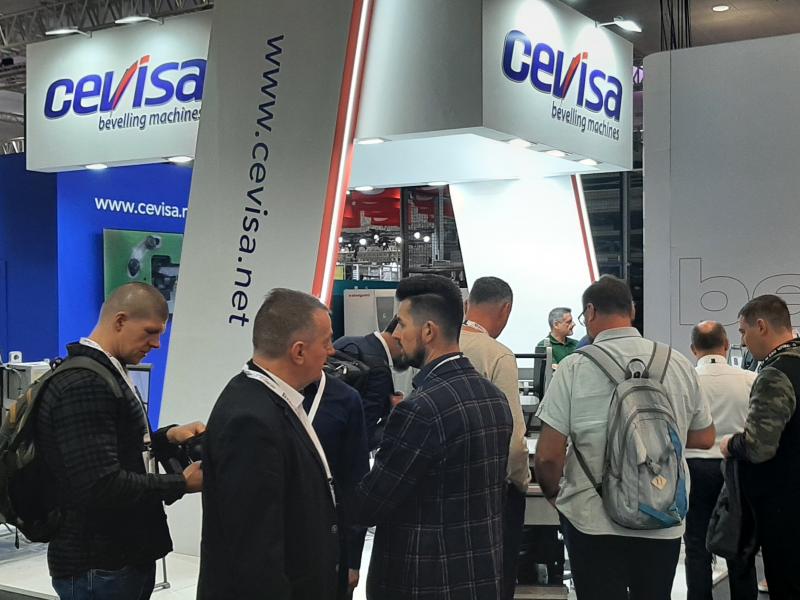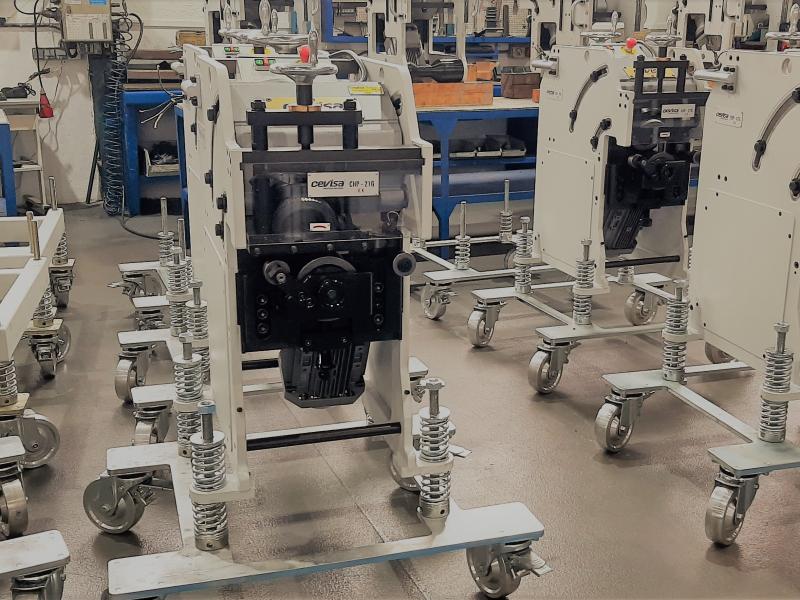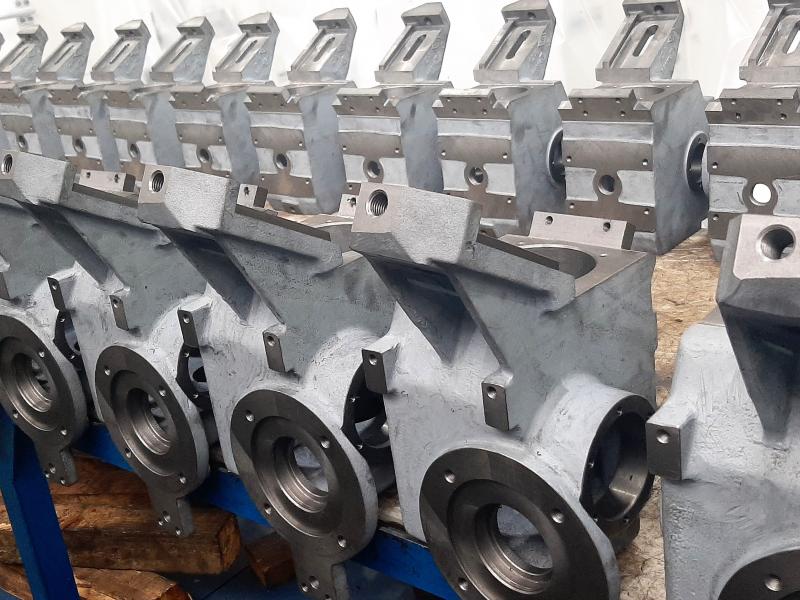


The Basque company CASTELLANOS y ECHEVARRIA - Vitoria, S.A. (CEVISA) has now held its own on the market for more than five decades as a beveling machine manufacturer and, despite times of crisis, prescribes the best sales figures. What lies behind this success and how CEVISA machines can contribute to saving money in these times.
Saving is the order of the day everywhere and the anxiety before a hard winter is becoming increasingly noticeable. New investments are usually cancelled, people want to wait and see how and whether they will get through the winter.
Nevertheless, the Spanish company has been prescribing record-breaking figures since August. Our customers are reacting very cleverly through preventive trading. The key is to produce more energy-efficiently and cost-effectively. Weld preparation is usually not a profitable production process, a cost that cannot be avoided. So how can savings be made here?
In order to answer this question, it should first be clarified which processes are predominantly used for chamfering: the most widespread process is certainly flame cutting or gas-fired plasma cutting, with labour-intensive grinding by hand still close behind. Laser or water cutting are less common, and some customers chamfer their plates in a CNC milling machine.
If you take a closer look at these processes in terms of energy costs, it quickly becomes clear why alternatives are being sought. Cevisa offers mechanical chamfering solutions with low operating costs. For example, let's compare our mobile welding edge milling machine CHP 60G with a current of 10 amperes at 380V to a plasma system, which requires 123 amperes. Apart from the fact that the consumable is gas, a word that no one can hear any more.
In the range of panel thicknesses from 4-100mm, the CEVISA machines are the most favourable chamfering solution. The cost per meter of bevel on the shearing machines is about 0.40 EUR, on the bevelling machine about 1.20 EUR. With flame cutting, the costs are 2.00 EUR/meter, with laser cutting far behind at 2.90 EUR/m.
"We know that our customers are facing extraordinary challenges due to a combination of inflation, economic uncertainty due to the ongoing conflict in Ukraine, supply chain issues and labour shortages. The products and solutions con CEVISA, are designed to help customers overcome these challenges."
Besides the efficient and cost-effective results, a major advantage of mechanised weld seam preparation is also the health-friendly way of working. In contrast to the common methods of preparing weld seams, which produce fine dusts or even toxic gases that get into the ambient air and can thus be inhaled, mechanised processing only produces bevel cuttings, milling chips, nibbling lumps or coarse chips that simply fall to the floor or into the containers provided.
To ensure the best possible joint quality at the weld, oils, greases, lacquers, paints and oxide layers must be removed from the welded parts so that the butt edges at which the work is carried out are metallically clean. It is also important to avoid the use of coolants and lubricants that contain oil, so as not to undo the preparatory work. Mechanised weld seam preparation avoids exactly this. In this procedure, cooling water containing emulsions, which is used in most cases for weld seam preparation by means of manual or CNC milling machines, is completely dispensed with and the material is milled, sheared or ground completely dry instead.
Conclusion: The most efficient option for weld seam preparation are the roller shearing machines.
The bevel shearing machines work according to the roller shearing method. Here, a long chip is sheared from the sheet edge by means of a slowly rotating cutting wheel or shear wheel. This achieves speeds of up to 3 m/min (up to 5 times faster than conventional processes). The costs for the metre bevel are up to 75% lower than with other processes! No dust and no noise, as there are no milling chips and no grinding dust. A very efficient and economical method for weld seam preparation. Durable cutting wheels are best suited for steel and stainless steel.
Still in summary, advantages and disadvantages of the CEVISA machines:
The advantages
- Cutting of all conductive materials
- Cutting thicknesses up to 100 mm
- Cutting of high-alloy steels
- Low noise
- High efficiency
- Optimum material utilisation
- Small kerf width
- No thermal stress
- Cutting of thicker material thicknesses
- Safer for users and the environment
- No reworking required
- Low operating costs
- High cutting speed
- Low set-up times
- No specialised personnel required
- No size restriction of parts.
Disadvantages
- Rough end result with roller shears.
- High specialisation, not applicable to other processes.
- Limited material thickness
